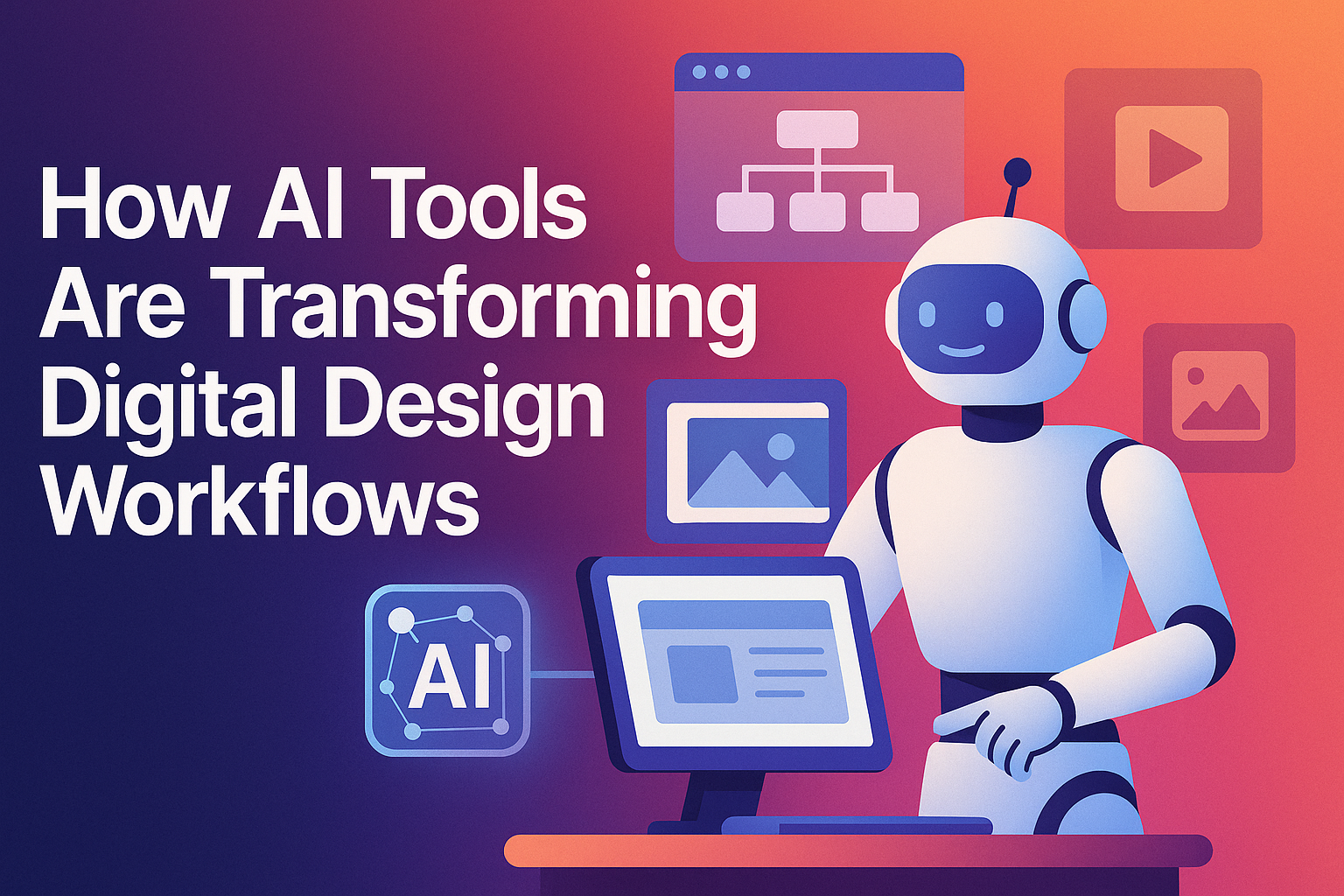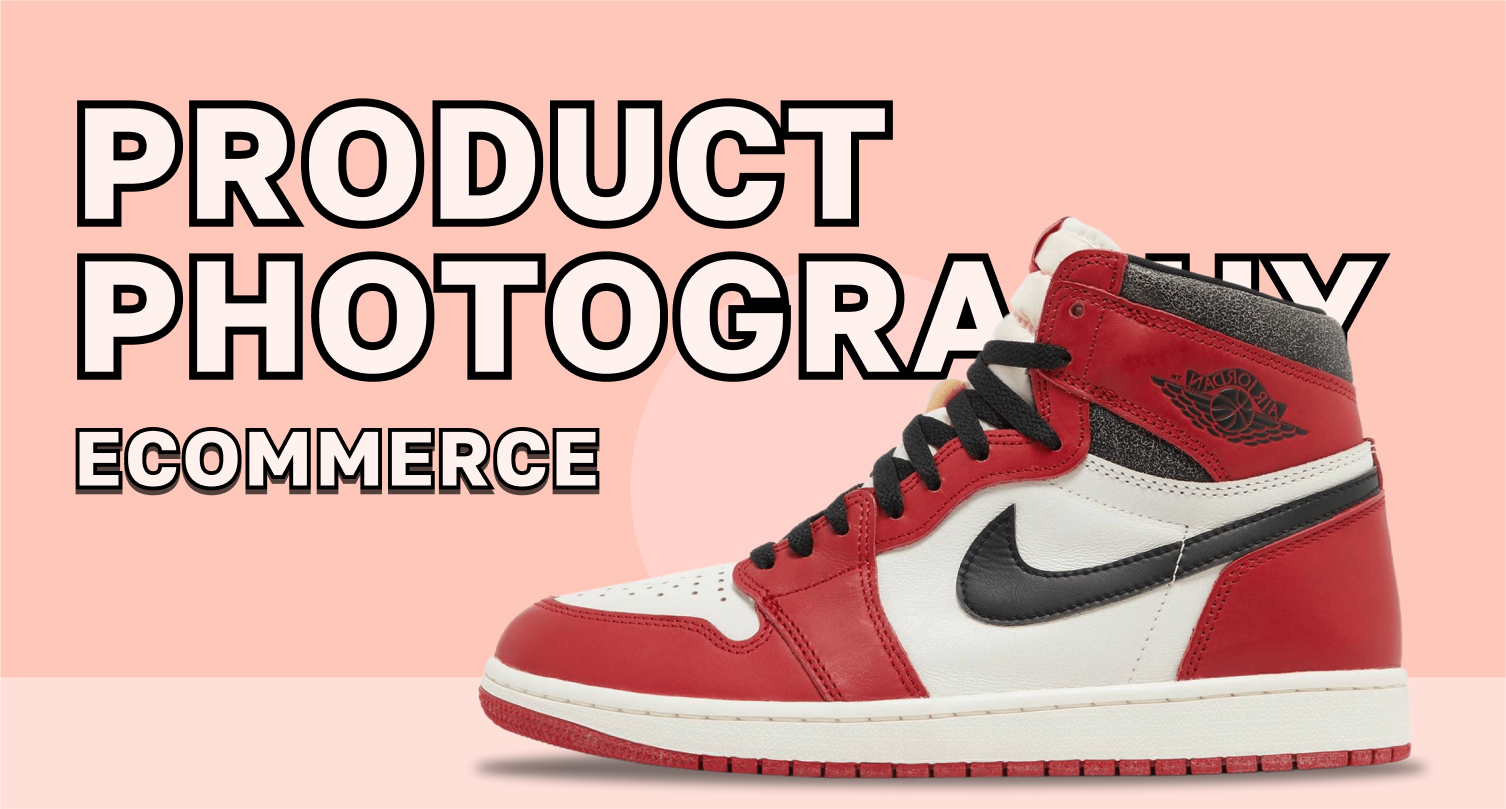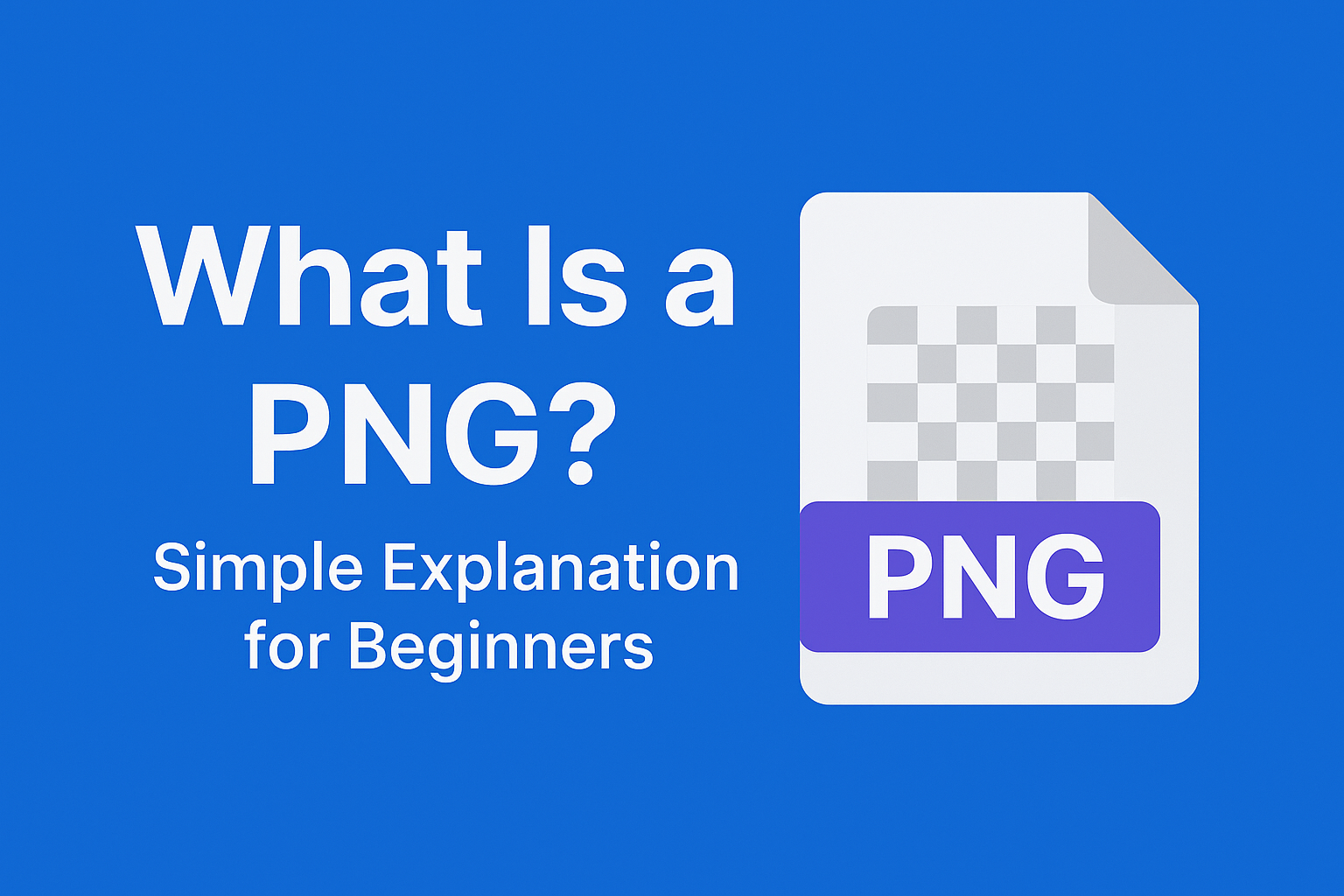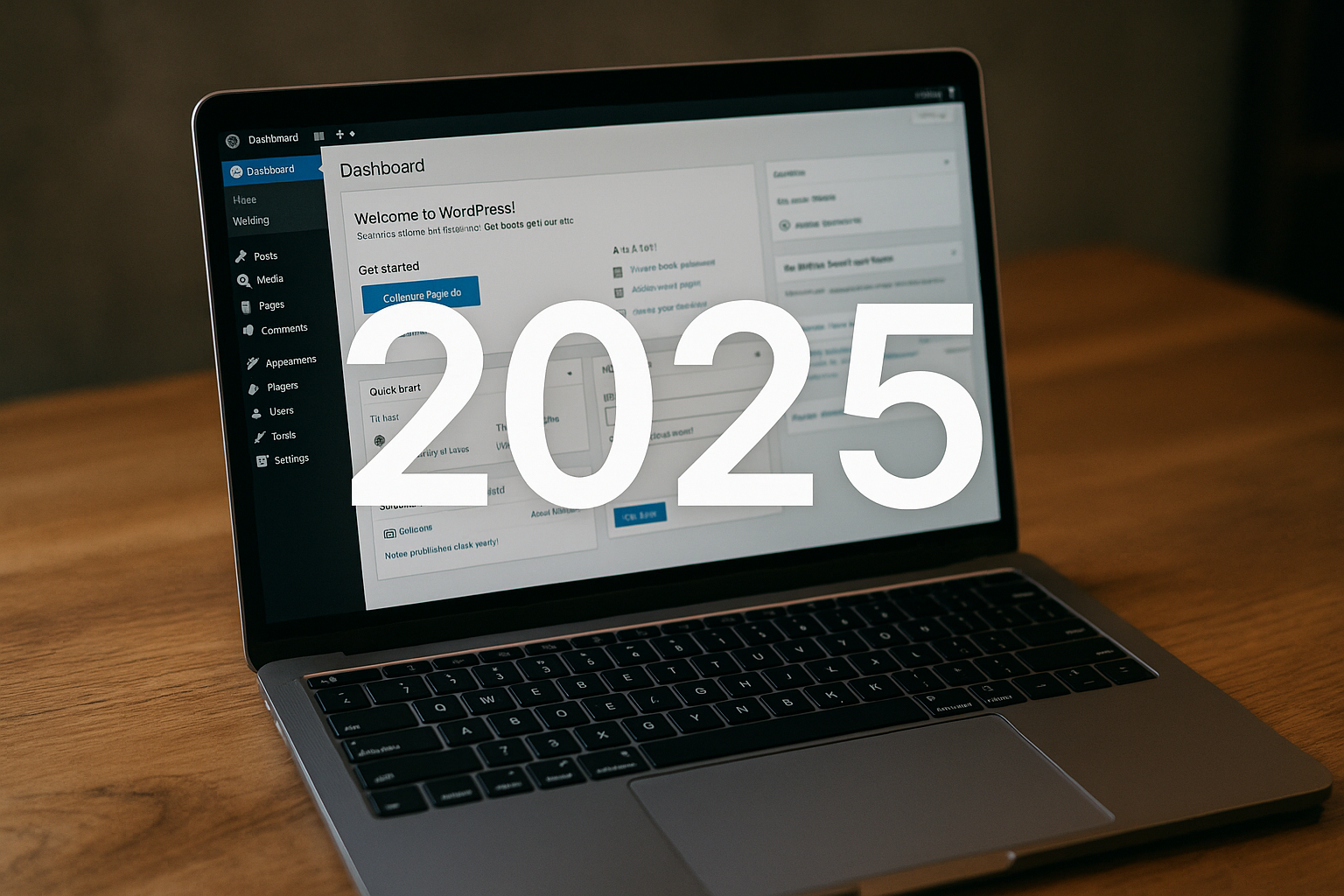Overview
Designers are under more pressure than ever to produce high-quality visuals quickly in the fast-paced digital world of today. Manually masking images, adjusting user interface elements, and iterating based on client feedback are examples of traditional workflows that can lead to bottlenecks that inhibit creativity. Design tools driven by AI are quickly changing how teams plan, develop, and work together on digital projects. These tools, which range from intelligent layout generation to one-click background removal, are not only time-savers but also innovation-inducing.
The Revolution of AI in Design Processes
Artificial intelligence is now a fundamental component of contemporary design platforms, no longer a sci-fi idea. Leading businesses have made significant investments to incorporate AI capabilities because they understand how important speed and visual quality are to next-generation user experiences.
For example, 95% of Fortune 500 companies already use Figma's tools to speed up design processes, which is largely responsible for the company's success during its initial public offering (IPO) (Investopedia Wall Street Journal). Similar to this, AI is now used by flexible platforms like Canva's Magic Studio for everything from automated content planning to text-to-image generation (futuramo.com).
Because of these developments, roles in organizations are changing. Developers, product managers, and marketers can now collaborate in real time to create visuals, dismantling organizational silos and promoting a culture where design is genuinely business.
Principal Advantages of AI-Powered Design Tools
1. Automating Repeated Activities
Designers can concentrate on high-value, strategic work because AI is excellent at handling repetitive, time-consuming tasks like asset formatting, image upscaling, and background removal. Deep learning is used by tools like remove.bg to isolate subjects in a matter of seconds, eliminating the need for hours of manual masking and expediting the preparation of e-commerce images (lightit.io).
2. Improved Cooperation
Multiple stakeholders can simultaneously review, comment, and iterate on designs thanks to web-based AI platforms. Underpinned by AI recommendations, Figma's real-time co-editing and version control enable teams to swiftly agree on creative direction and prevent expensive misunderstandings.
3. Scale and Consistency
AI guarantees brand consistency across hundreds of assets by standardizing design elements such as colors, typography, and component libraries. Maintaining a consistent appearance as projects grow is made simple by tools like Adobe Firefly, which provide automated style guides and asset libraries that adjust to brand guidelines.
4. Creativity Driven by Data
The visual treatments that increase engagement can be predicted by advanced AI analytics. Some platforms, for instance, use historical campaign performance data to suggest the best image compositions or color schemes, enabling designers to produce data-supported content that appeals to target audiences.
Spotlight on Leading AI Design Tools
| Tool | Core AI Feature | Ideal For |
|---|---|---|
| FreeBgRemover | One-click background removal | E-commerce, marketing graphics |
| Figma AI | Smart component suggestions & layout | Team collaboration, UI/UX prototyping |
| Canva Magic Studio | Text-to-image, Magic Write, Magic Design | Social media, quick visuals |
| Adobe Firefly | Generative fill, style transfer | High-fidelity assets, brand consistency |
| Visily | AI-powered wireframing & flow diagrams | Product managers, rapid prototyping |
| Midjourney | Photorealistic scene generation | Concept art, marketing campaigns |
Note: This table summarizes features based on publicly available reviews and benchmarks.
Detailed: Our Artificial Intelligence Background Remover
At the heart of our platform is an intelligent background removal engine that uses convolutional neural networks to detect edges and separate subjects with pixel-perfect precision. Unlike traditional threshold-based tools, our AI adapts to complex scenarios—hair strands, semi-transparent objects, and reflective surfaces—ensuring clean cutouts every time.
Real-world impact:
-
E-commerce sellers see a 20% uptick in click-through rates when product images feature transparent backgrounds on white backdrops.
-
Content creators save an average of 15 minutes per image, translating to hours of reclaimed creative time each week.
Integrating AI into Your Workflow
-
Audit Your Current Processes: Identify repetitive tasks—image masking, resizing, asset naming—that could be automated.
-
Pilot Select AI Tools: Start with a small project using one AI feature (e.g., background removal). Measure time saved and quality improvements.
-
Train Your Team: Offer hands-on workshops or short tutorials to ensure designers and marketers understand how to leverage AI functionalities effectively.
-
Establish Best Practices: Document AI-enhanced workflows, including file naming conventions, version control, and quality checks to maintain consistency.
-
Scale and Optimize: Gradually introduce additional AI tools (text-to-image, layout suggestions), and refine based on feedback and performance metrics.
Frequently Asked Questions
Q1: Will AI take the place of human designers?
A: No, AI acts as a strong helper, managing repetitive duties to free up designers' time for high-level strategy, user research, and ideation. AI "acts as a brilliant assistant, not a replacement," according to one expert, freeing up mental energy for distinctively human design choices.
lightit.io.
Q2: To what extent is automated background removal accurate?
A: Even on intricate subjects like hair and fur, contemporary AI background removers detect edges with an accuracy of over 98%. Over time, performance is improved by consistently training the model with a variety of datasets.
Q3: Are designs produced by AI search engine friendly?
A: AI-generated images can improve accessibility and page load times when combined with appropriate alt text, compression, and semantic markup. This will also improve Core Web Vitals and SEO rankings.
Futureamo.com
Conclusion
AI-powered design tools are now essential parts of any contemporary digital workflow, not just optional extras. These tools enable teams to produce outstanding results at scale by automating repetitive tasks, improving collaboration, and fostering data-driven creativity. Whether you work as an agency lead, in-house designer, or freelancer, incorporating AI—beginning with intelligent background removal—will provide you with the competitive advantage you need to succeed in 2025 and beyond.
Are you prepared to transform your design process? To get a firsthand look at the future of digital design, try our AI background remover now.



